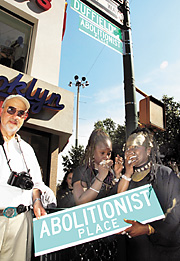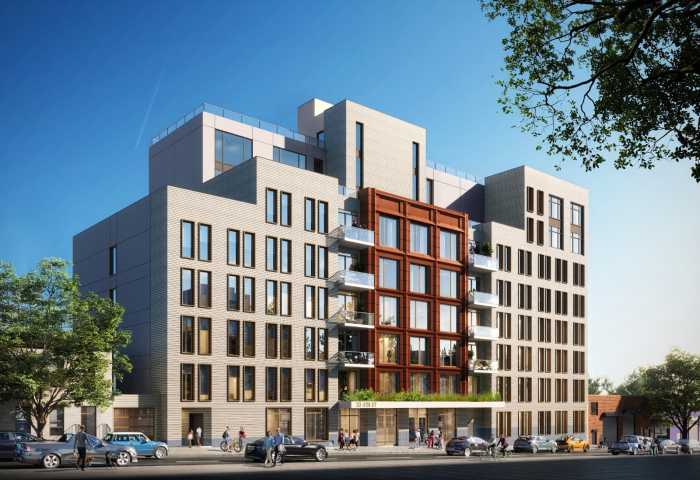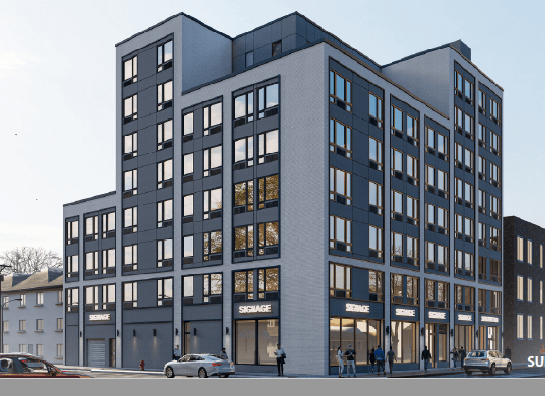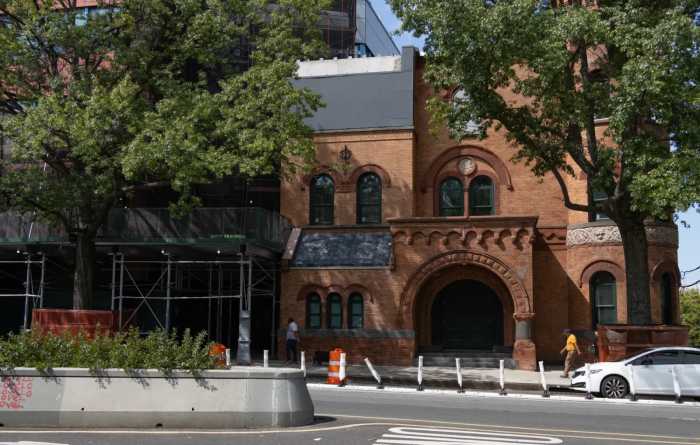The Bloomberg Administration co-named a stretch of Duffield Street in Downtown Brooklyn “Abolitionist Place” last Thursday — even as the city is planning to tear down historic houses on that block that may have served as stations on the Underground Railroad.
The street co-naming is a nice gesture, said Councilwoman Letitia James (D-Fort Greene), who co-sponsored the bill to rename the street, but it won’t mean much if the mayor moves forward with his plan.
“I don’t think the administration sufficiently appreciates the history of these homes and the role of the abolitionist movement in downtown Brooklyn,” James told The Brooklyn Paper on Wednesday.
The Bloomberg administration has agreed to spend $2 million to memorialize the abolitionist activity on Duffield Street nearby, but the buildings will still be torn down to make room for a park and an underground parking lot.
This year, the city hired a consultant to investigate whether seven buildings on Duffield and Gold streets had ties to the Underground Railroad. The report downplayed the relationship between the buildings and the abolitionist movement — and, as The Brooklyn Paper reported in May, was rejected by two-thirds of the peer reviewers hired to assess the report.
One reviewer called the report “seriously flawed,” and another said, “Duffield Street has all the markers of an Underground Railroad site.”
James and Councilman David Yassky (D–Brooklyn Heights) pushed the administration to honor the shadowy network of abolitionists who used homes on the block to hide runaway slaves.
Duffield Street represents sacred ground,” James said. “Co-naming Duffield Street ‘Abolitionist Place’ was attempt to put pressure on the administration to recognize that they need to incorporate these homes into their development plan, which they can easily do.”
Joy Chatel, owner of 227 Duffield St., said she wanted to preserve the legacy of her home for her 11 grandchildren.
“227 Duffield Street, or rather 227 Abolitionist Place, is the only landmark we have left of America’s first civil rights movement,” Chatel said.

























